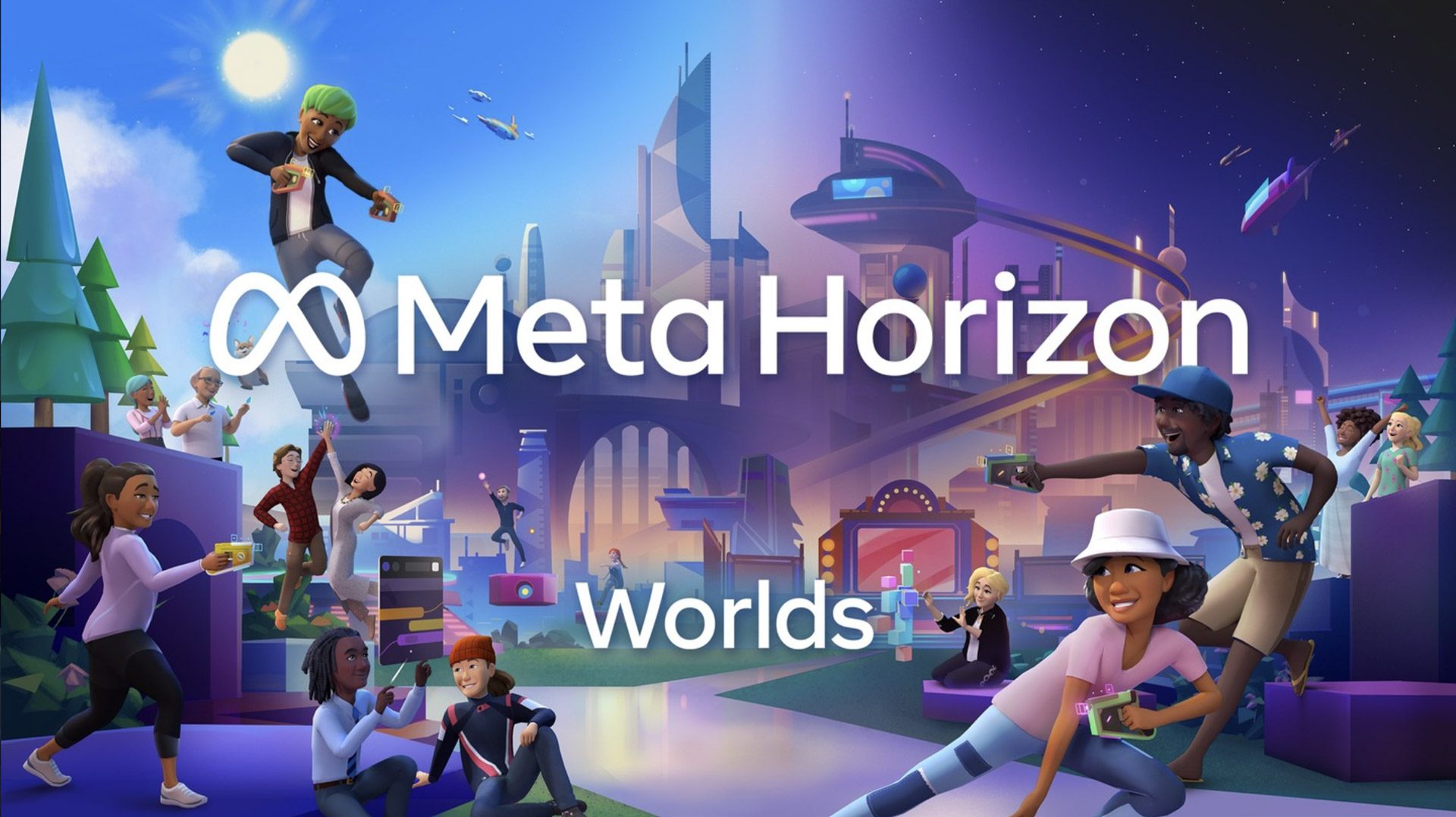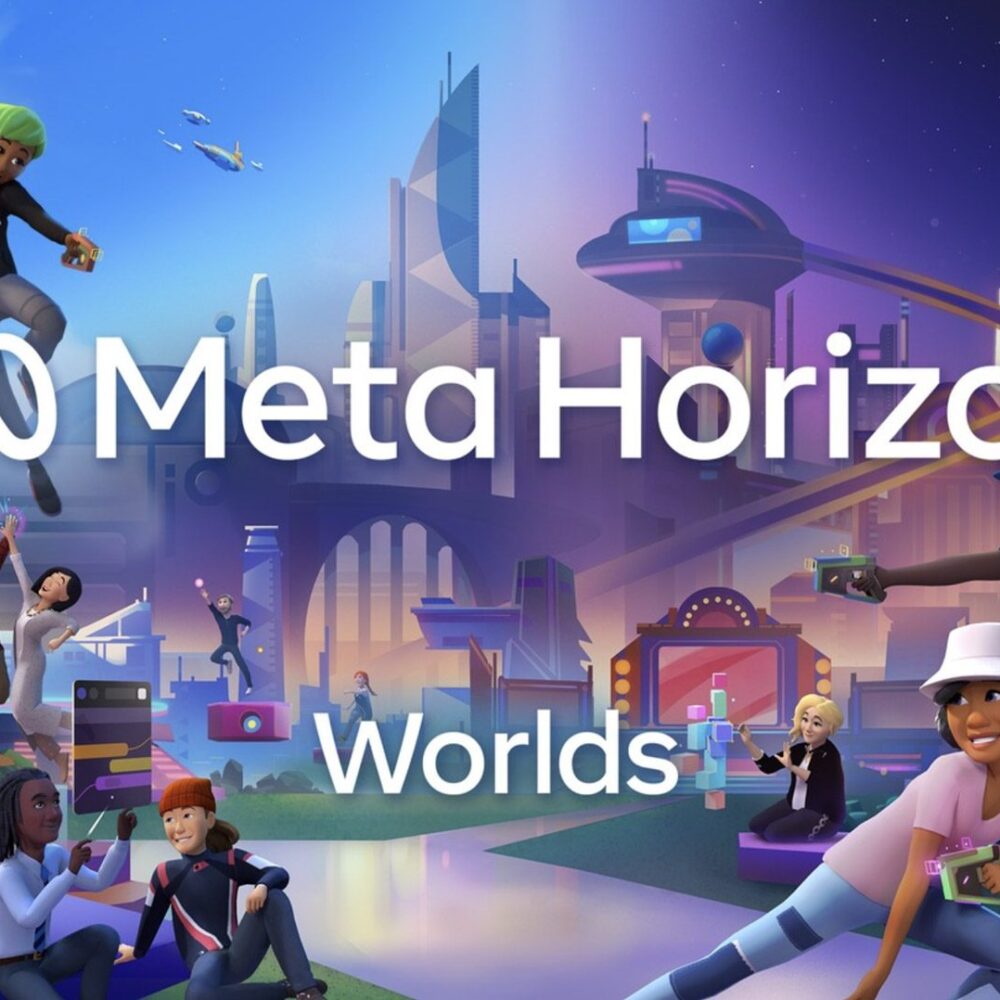
Meta’s social VR platform Horizon Worlds hasn’t been available to everyone, with the company restricting the app’s use to only a few countries. Now it’s rightfully rolling out to every region where Quest is supported.
Despite being available on the web since last January, geolocation restrictions only allowed Quest users access in select countries, which included Canada, France, Iceland, Ireland, Spain, the United Kingdom, and the United States.
Meta today announced that starting this week the company will begin rolling out Horizon Worlds “to people in all Meta Quest markets in supported languages so more people can connect with each other around the globe.”
This includes access for users 13+ across the following Quest-supported regions: Australia, Austria, Belgium, Canada, Denmark, Finland, France, Germany, Iceland, Ireland, Italy, Japan, Netherlands, New Zealand, Norway, Poland, Sweden, Switzerland, Taiwan, the United Kingdom, and the United States. Users must be 14+ in South Korea and Spain.
This comes as the company ostensibly seeks to promote Horizon Worlds as a more fundamental social layer to its rapidly growing platform, which is soon set to include third-party VR headsets for the first time.
Horizon Worlds will come part and parcel with Horizon OS (ex-Quest OS) and the Horizon Store (ex-Quest Store), which will be available on Quest-like headsets built by ASUS, Lenovo and Xbox.
